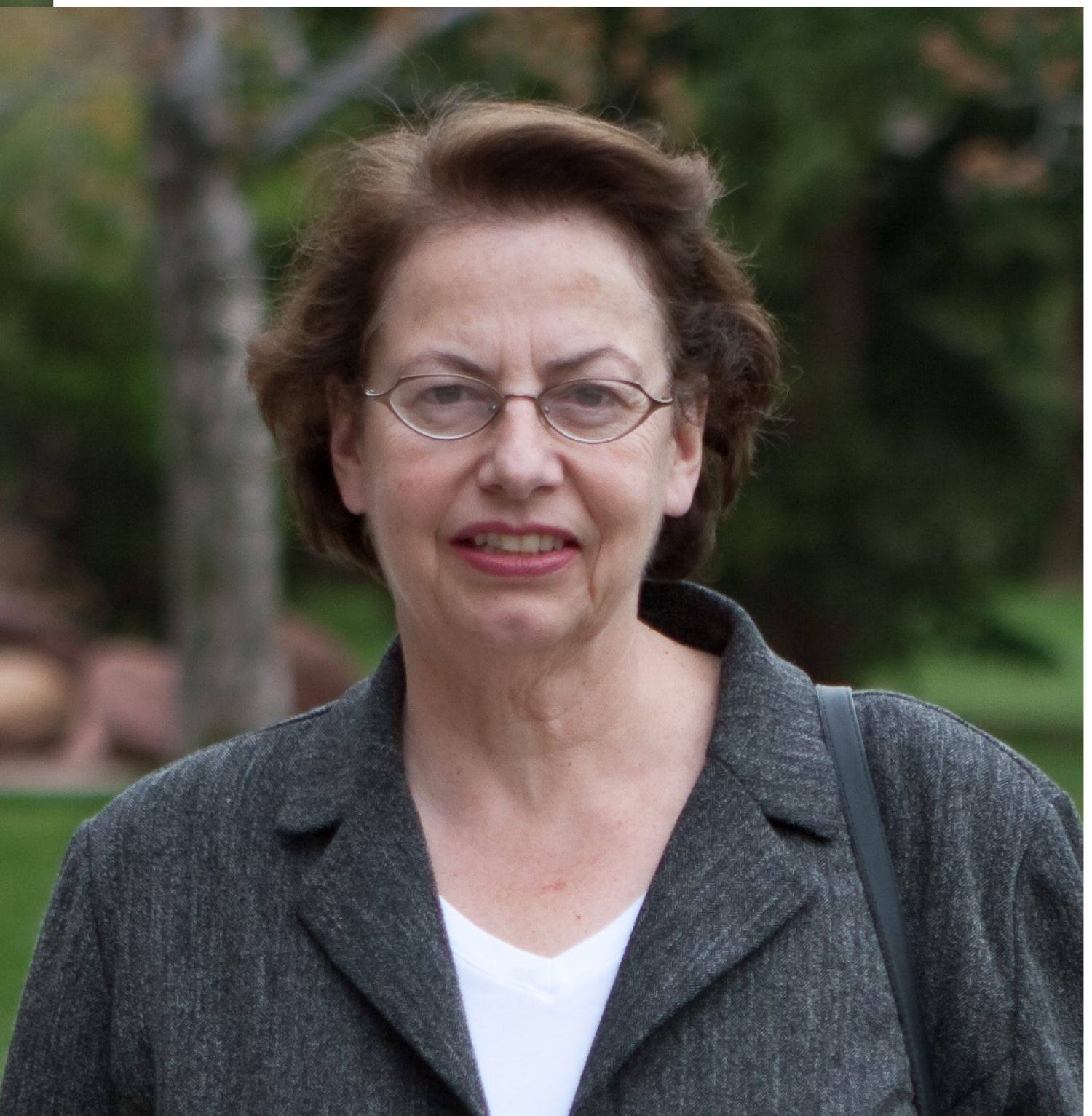Veronica Vaida
- Professor Emeritus
- CHEMISTRY

Address
Office: Ekeley 145F
Education
Ph.D.: Yale University, 1977
BSc: Brown University Providence, RI 1973
Areas of Expertise
Physical chemistry, Spectroscopy and reaction dynamics, Atmospheric and Environmental
Chemistry, Aerosols & Clouds, Trace Gases & Radicals, Astrochemistry
Awards and Honors
- National Academy of Sciences (2020)
- The American Chemical Society Irving Langmuir Award (2020)
- The American Institute of Chemists Pioneer Award (2020)
- Wilbur Lucius Cross medal presented by the Yale Graduate School Alumni Association (2020)
- American Academy of Arts and Sciences
- Sigma Xi Distinguished Lecturer 2007-2008
- American Physical Society (APS) Fellow since 2004
- American Association for the Advancement of Science (AAAS) Fellow since 2004
- John Simon Guggenheim Memorial Foundation Fellow 2004-2005
- Radcliffe Institute for Advanced Study at Harvard Fellow 2004-2005
- Erskine Fellowship, University of Canterbury, New Zealand 1994
- Camille and Henry Dreyfus Teacher Scholar 1984
- A. P. Sloan Fellowship 1980
- Xerox Postdoctoral Fellow, Harvard University 1977-1979


